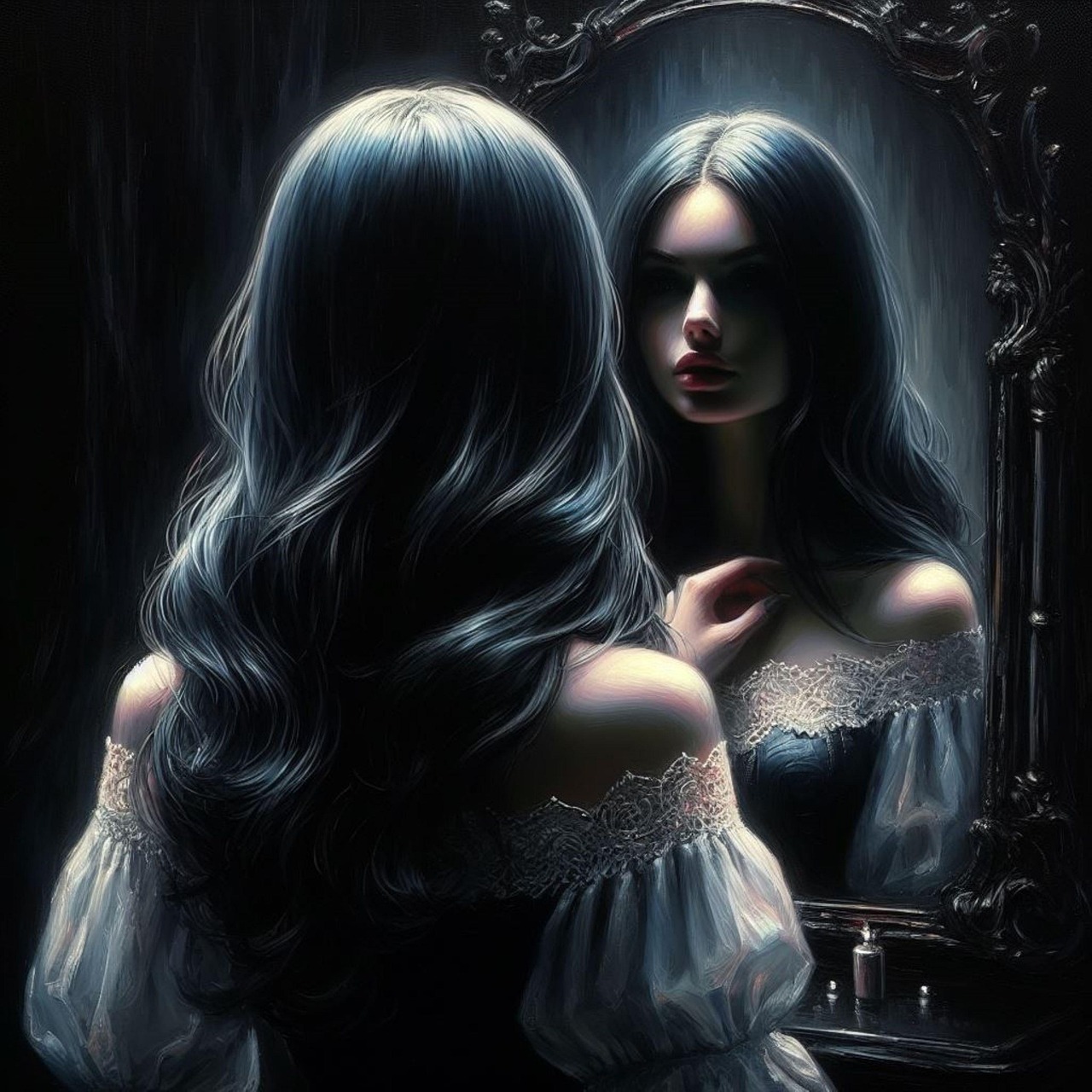
The Chilling Origins of Bloody Mary and Slender Man
The chilling stories behind the myths that haunt our imaginations.
Urban legends have a way of sticking with us. Maybe it’s the eerie thrill of repeating them at sleepovers, or how they blend just enough truth with fiction to make you wonder, could this be real? Among the most iconic horror legends are Bloody Mary and Slender Man—two terrifying tales from very different eras that still send shivers down spines.
Let’s take a closer look at where these stories came from, and why they continue to captivate (and terrify) us.
👻 Bloody Mary: Mirror, Mirror… Are You There?
The Legend:
According to the tale, if you stand in a dark room, face a mirror, and chant “Bloody Mary” three times, a ghostly woman will appear—sometimes screaming, sometimes attacking, and sometimes dragging the summoner into the mirror world.
The Origins:
The origins of Bloody Mary are murky, with roots in folklore and superstition. Some trace it back to a mix of:
Historical figures – Many believe “Bloody Mary” refers to Queen Mary I of England, who was nicknamed for her persecution of Protestants in the 16th century. Her legacy of bloodshed may have inspired the name.
Mirror folklore – In older traditions, mirrors were believed to be portals to the spirit world. The idea of spirits appearing in mirrors dates back centuries.
Coming-of-age rituals – In the 1970s and 80s, young girls would dare each other to summon Bloody Mary as part of sleepover games, often tied to puberty-related anxieties.
In essence, Bloody Mary became a perfect storm of historical fear, folklore, and teenage curiosity—an urban legend built for whispering in the dark.
🕴️ Slender Man: A Modern Myth Born Online
The Legend:
Slender Man is a tall, faceless figure in a black suit, often seen lurking in the woods or near children. The myth says he can stretch his limbs, cause memory loss, and lure victims into darkness—especially those who look too long.
The Origins:
Unlike most horror legends, Slender Man has a clear digital birth. He was created in 2009 by Eric Knudsen (aka Victor Surge) as part of a Photoshop contest on the Something Awful forums. The challenge? Create realistic-looking paranormal images.
Knudsen submitted eerie black-and-white photos of children with a tall, faceless figure lurking in the background. From there, the internet did the rest.
Creepypasta stories exploded across forums, turning Slender Man into a digital campfire tale.
Fan art, games, and YouTube series (like “Marble Hornets”) deepened the mythos.
Sadly, the story took a dark turn in 2014 when two young girls in Wisconsin committed a violent act, claiming they did it to appease Slender Man—highlighting the powerful impact of online horror.
Despite its recent origin, Slender Man has embedded itself in modern culture, proving that even in the digital age, we still crave new monsters.
🕯️ Why These Legends Stick With Us
Relatability – Both stories often involve children or teens, making them especially chilling for young audiences.
Interactivity – Bloody Mary requires you to do something, and Slender Man thrives on internet participation.
Ambiguity – Neither legend has a “true” version, allowing them to evolve with each retelling.
Cultural fear – They tap into universal anxieties: death, the unknown, being watched, being alone.
Final Thoughts
From ancient superstitions to internet-born nightmares, horror legends like Bloody Mary and Slender Man reveal just how powerful storytelling can be. They’re not just scary—they’re mirrors reflecting our deepest fears, changing with the times while staying just familiar enough to feel possible.
Next time someone dares you to say “Bloody Mary” in the mirror or mentions Slender Man in the woods, remember—you’re not just hearing a story. You’re stepping into a living legend.
